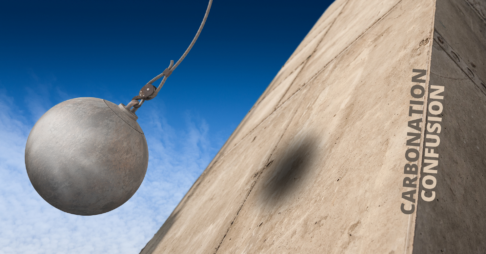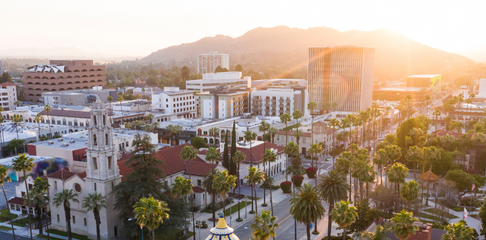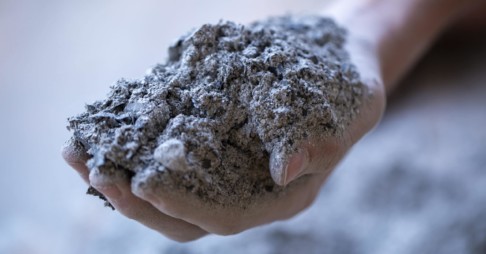California's building codes keep pushing sustainability
The California Green Building Standards Code, also known as CALGreen, is California’s first green building code and the USA’s first state-mandated green building code. It began as a set of recommendations to encourage sustainable construction. In 2011, its provisions officially transitioned from recommendations to requirements.
CALGreen aims to reduce the environmental impact of buildings by promoting sustainable construction practices and setting minimum standards for energy efficiency, water conservation, indoor air quality, sustainable construction materials like low carbon concrete, and other environmental factors.

CALGreen applies to all new construction, as well as certain remodels and additions, andrequires compliance for the building to receive a certificate of occupancy.
Levels of CALGreen Compliance
CALGreen includes a tiered system of compliance, where building projects can meet a certain level of sustainability standards based on the level of certification they are aiming for. Some of these tiers are voluntary and provide flexibility for building projects of different types and sizes. Each tier has different requirements and sub-requirements, which are subject to change over time as the standards evolve.
| Mandatory is the base level of compliance and includes the mandatory requirements of CALGreen. | Tier 1 includes all of the mandatory requirements of CALGreen, as well as additional voluntary measures. | Tier 2 is the highest level of compliance and includes all of the mandatory requirements of CALGreen and other voluntary measures, such as on-site renewable energy generation, greywater systems, and green roofs. |
It is worth paying attention to CALGreen’s voluntary measures, as historical trends show voluntary measures often transition to mandatory measures over time.
What’s Coming Next?
While CALGreen is a supplement to California’s building codes, many of CALGreen’s voluntary options end up being inserted as requirements into later editions of the codes.
For example, in the 2022 edition, CALGreen published some changes to concrete requirements adding voluntary measures of including recycled aggregate, supplementary cementitious materials, and wash water (conforming to ASTM C1602). Builders must now adopt two of the voluntary measures in order to qualify for Part 11 (residential).
In addition, the CALGreen Carbon Reduction Collaborative has proposed new carbon reduction regulations, which require maximum global warming potential (GWP) levels in concrete mixes as disclosed in product-specific environmental product declarations (Type III EPD). It is likely that these requirements will be added to future editions of CALGreen.
| Mandatory | Tier 1 | Tier 2 | |
| Proposed Maximum GWP Limits on Non-Residential Projects | - 175% of IW-EPD GWP limits - 130% of ready mix GWP value | - 150% of IW-EPD GWP limits - 130% of ready mix GWP value | - IW-EPD GWP limits - 130% of ready mix GWP value |
So Why Should Concrete Producers Care?
Concrete producers operating in California should pay attention not only to the current mandatory CALGreen requirements but also to the voluntary and proposed ones. History has shown that most of the voluntary and proposed measures make their way into mandatory codes down the line.
In particular, concrete producers should consider partnering with an EPD service provider to ensure they have product-specific EPD information available to compete for future projects.
If you’re interested in learning more about low carbon policies affecting concrete producers across North America, visit the dedicated policy section on our website or follow our blog. For more about how CarbonCure can support concrete producers with software to measure the carbon footprint of concrete—and technology to manage it - contact us.
Click here to see CarbonCure in action in Sacramento with ABC Ready Mix!

Razing a Common Misunderstanding: Early-Age Carbonation vs. Atmospheric Carbonation in Concrete

